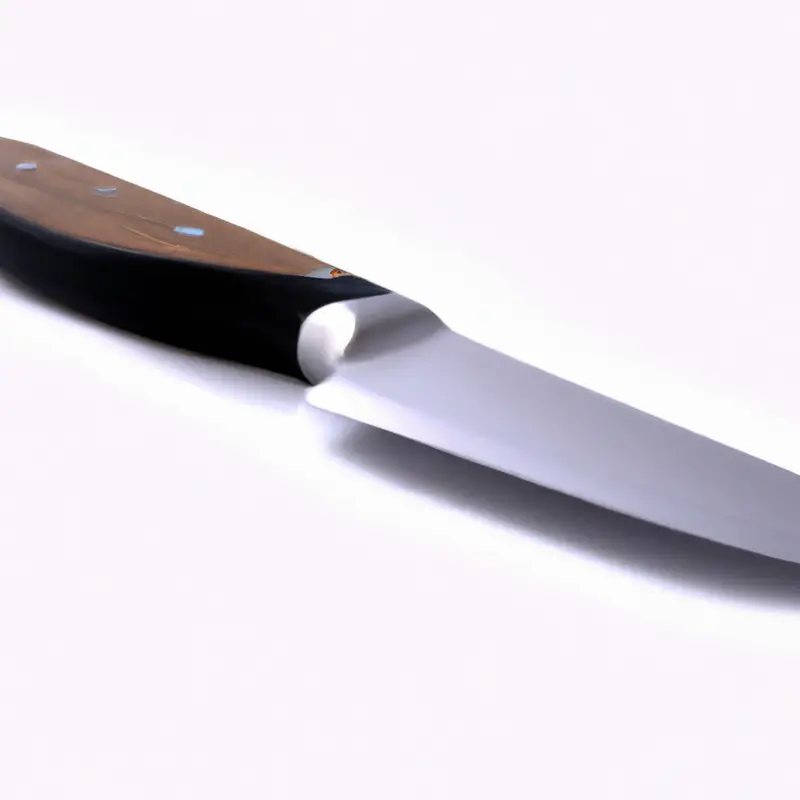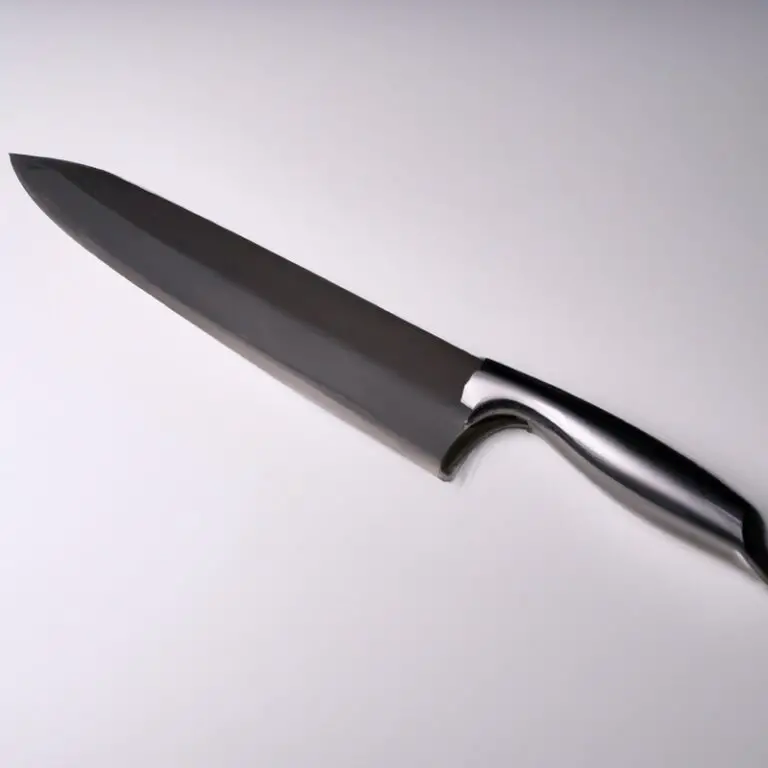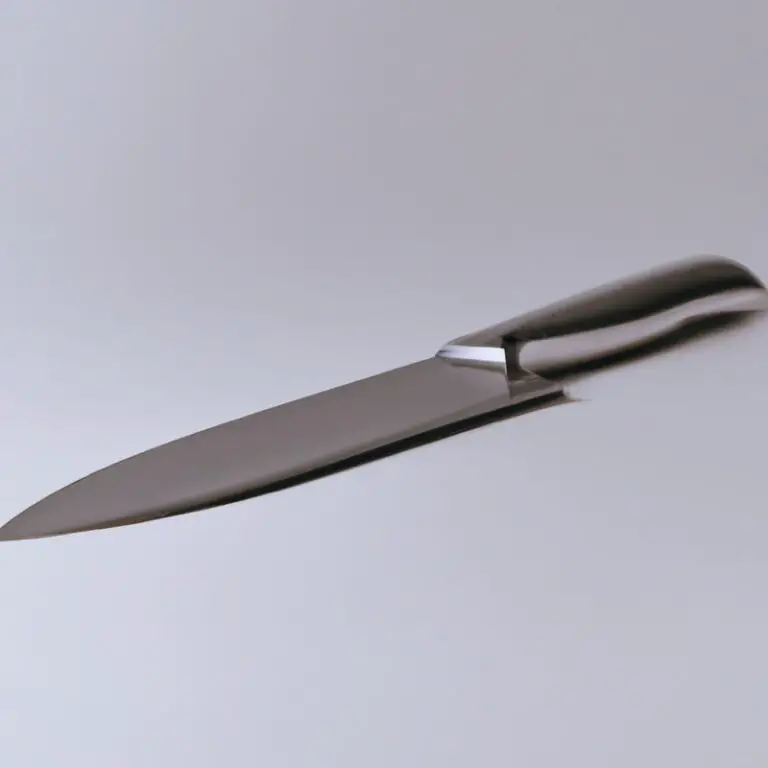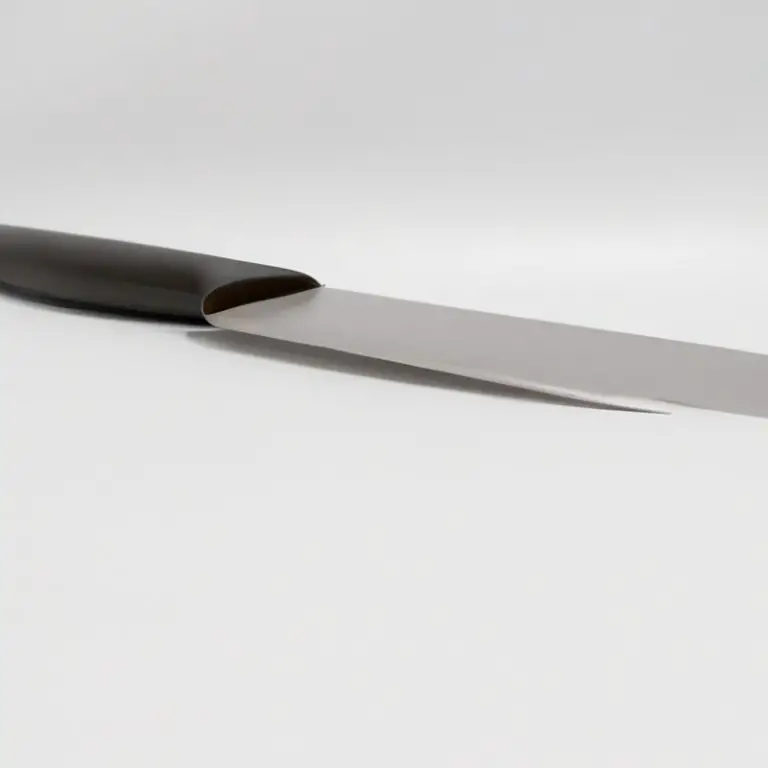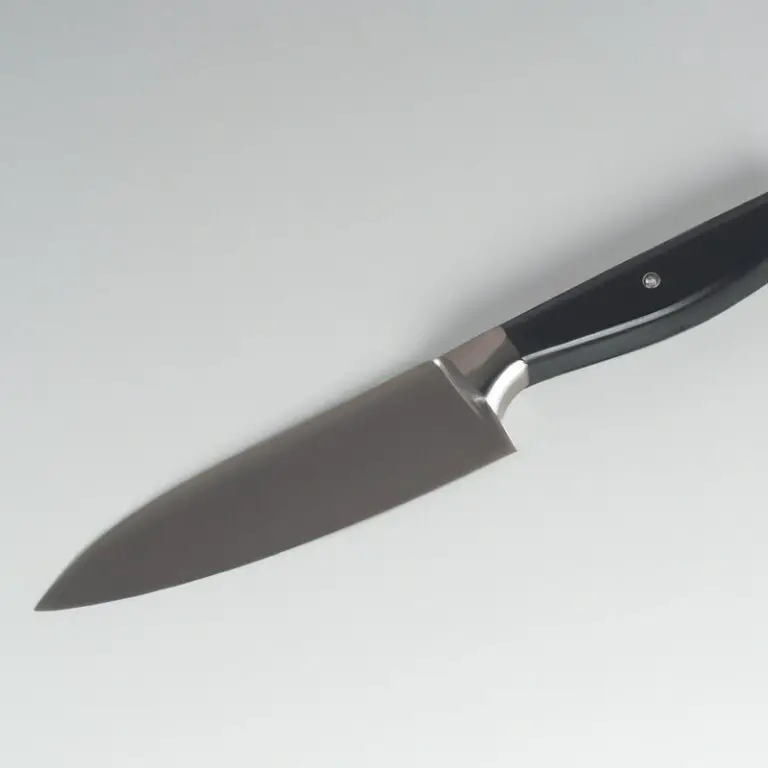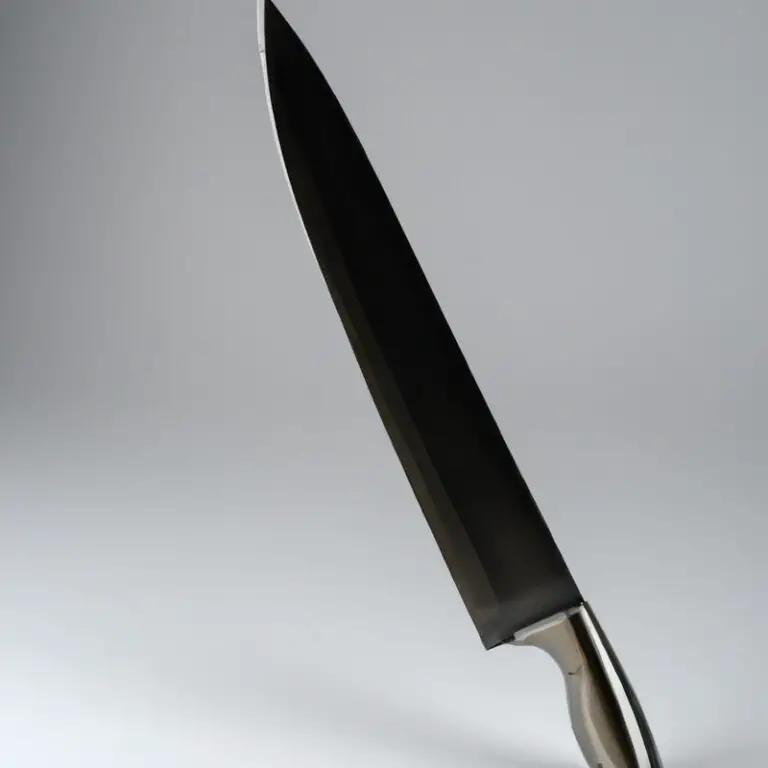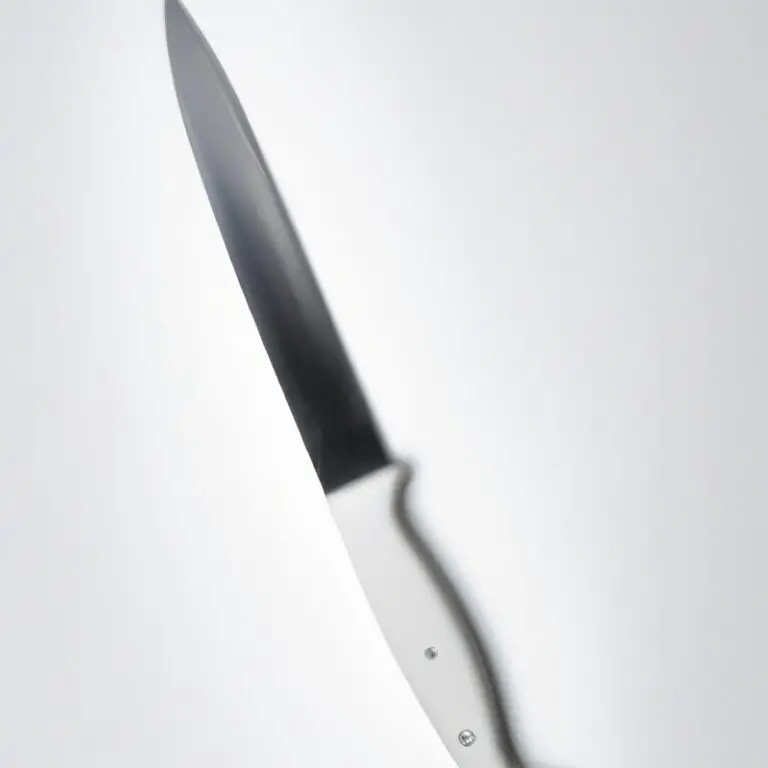How To Hold a Chef Knife Correctly?
Key Takeaways:
- Proper knife grip is essential for safe and effective cutting. Hold the handle with a relaxed but firm grip and brace your index finger against the blade for better control.
- Practice the “pinch grip” technique to ensure optimal balance and precision. Place your thumb and index finger on the blade’s spine, and wrap your remaining fingers around the handle.
- Maintain a comfortable bending angle of 20-30 degrees when cutting, and keep your wrist relatively straight to prevent strain and reduce the risk of injury.
- Regularly sharpen your knife to avoid dullness, which can lead to accidents and reduce cutting efficiency. Use a honing steel or sharpening stone and maintain a consistent angle and pressure when honing or sharpening.
As a home cook or professional chef, understanding how to hold a chef knife correctly is a vital skill to have. Proper knife handling not only improves your cutting precision but also ensures your safety while working in the kitchen.
In this blog post, I will guide you through the anatomy of a chef knife and provide you with tips on identifying the correct grip for your size and strength.
Plus, I’ll explain the pinch grip technique, thumb placement, finger positioning, wrist movement, and common mistakes to avoid while holding a chef knife. Additionally, I will share some insights on maintaining your knife for optimal performance.
So, are you ready to sharpen your skills?
Let’s dive in!
| Step | Description |
|---|---|
| 1 | Pinch the blade grip with your thumb and index finger, just before the bolster. |
| 2 | Place your middle, ring, and pinky fingers around the handle. |
| 3 | Place your thumb on the spine of the blade, opposite your index finger on the grip. |
| 4 | Curl your fingers around the handle to create a secure grip. |
| 5 | Hold your elbow close to your side and pivot at the shoulder. |
Understanding the anatomy of a chef knife
To hold a chef knife correctly, it’s important to understand its anatomy. The main parts of a chef knife are the blade, the bolster, and the handle.
The blade is the sharp, curved part used for cutting, while the bolster is the thick junction between the blade and the handle.
The handle provides the grip and should be comfortable to hold. The spine of the blade is the top, thicker side that runs parallel to the cutting edge.
The heel is the widest part of the blade and is used for cutting through tougher ingredients.
The tip is the narrowest part of the blade used for precision tasks like peeling and trimming. The tang, which is the metal extension of the blade, runs through the handle and provides balance to the knife.
A full-tang knife has the metal running throughout the length of the handle, while a partial-tang knife has only part of the metal extending into the handle.
Understanding the anatomy of a chef knife can help you make informed purchasing decisions and use the knife more effectively.
The importance of a proper grip while holding a chef knife
A proper grip is crucial when holding a chef knife. It not only ensures your safety but also affects the precision and accuracy of your cuts.
A good grip gives you complete control over the blade, making it easier to handle.
Without it, the cutting motion may seem awkward or uncomfortable, leading to potential accidents. Additionally, a slip of the knife can cause serious injuries.
Therefore, grip the handle firmly with all your fingers, including your thumb opposite the grip to maintain a balanced grip.
Remember to avoid the common mistake of holding the knife too tightly, which can cause aches, stiffness and muscular fatigue in your hand. By properly gripping the knife, you can achieve precision and accuracy for a better and quicker cutting experience.
Identifying the correct grip for your size and strength
Identifying the correct grip for your size and strength is crucial when it comes to holding a chef knife correctly. A comfortable grip will allow you to control the blade and prevent any slip-ups.
The pinch grip is the most commonly used by professionals, where you hold the blade between your thumb and index finger while curling your other fingers around the handle.
Thumb placement and finger positioning also play a critical role in your grip. Your thumb should rest on the spine of the knife while your fingers wrap around the handle.
Make sure to keep your fingers on the opposite side of the blade to prevent any accidental cuts.
Additionally, the role of your wrist and forearm in knife handling is essential. Make sure to keep your wrist straight and your forearm in line with the spine of the blade.
Avoid excessive wrist movement as it can cause fatigue and affect your accuracy.
It is important to remember that the size and shape of your hand and strength will determine the best grip for you. Experiment with different grips to find the one that feels most comfortable and provides the most control.
Overall, identifying the correct grip is crucial for safe and efficient knife handling.
Take the time to find the grip that works best for you to ensure you are getting the most out of your chef knife.
The pinch grip: How and why it is used by professionals
The pinch grip is a fundamental technique used by professional chefs to hold a knife correctly. It involves placing your thumb and index finger in a pinching position on the blade’s base, just above the bolster or handle.
This grip increases control, balance and minimizes fatigue while cutting.
It also allows for quicker and more precise cuts, making it a preferred grip for many chefs. The pinch grip may take some time to become accustomed to, but with practice, it can greatly improve your knife skills.
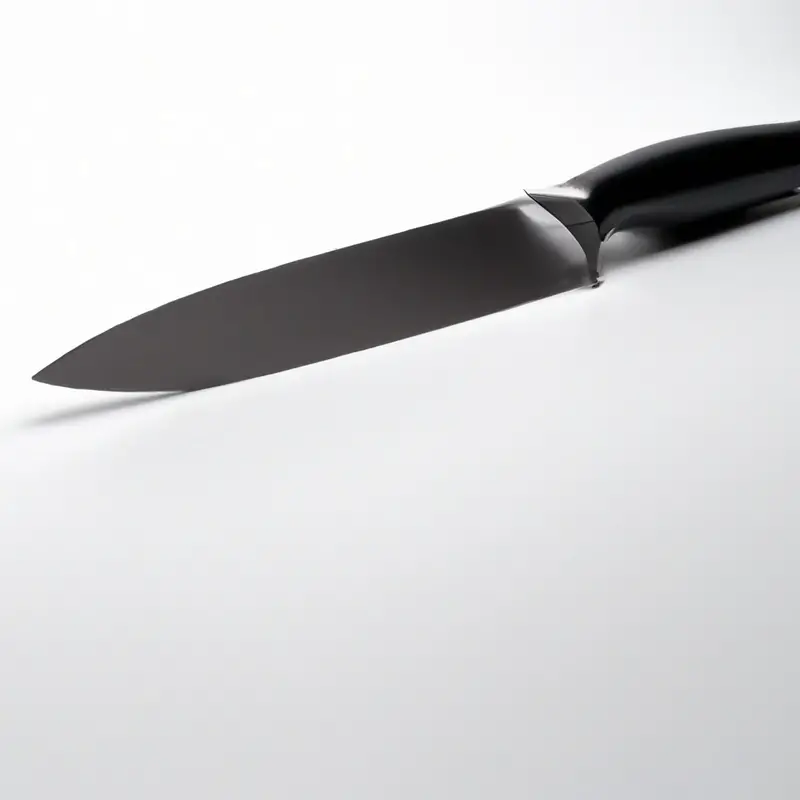
Thumb placement and finger positioning for added control
The thumb and fingers play a crucial role in controlling the chef knife while cutting. To attain maximum control, place the thumb on the spine of the blade while wrapping the index, middle, and ring fingers around the handle.
The pinky finger rests on the handle to provide balance and stability.
This grip enables the chef to exert pressure and control the knife’s movement, enhancing precision and accuracy. Additionally, position your fingers close to the blade’s base to excel at chopping, and move them towards the tip for cleaner and more delicate cuts.
The thumb acts as a guide and stabilizes the blade’s movement while the fingers press down on the object being cut.
Remember not to grip the knife too tightly and maintain a relaxed grip to prevent injuries and ensure comfort during prolonged periods of use.
The role of your wrist and forearm in knife handling
The wrist and forearm play a crucial role in achieving precision and control when handling a chef knife. Your wrist acts as a pivot point, allowing you to maneuver the blade with fluidity and ease.
It is essential to maintain a relaxed grip and allow your wrist to move naturally as you make cuts.
Avoid cocking your wrist as it can cause strain and lead to injury over time. Similarly, your forearm helps to provide stability and power, especially when executing larger cuts or chopping through tougher ingredients.
By keeping your forearm close to your body and using it as a guide, you can control the angle and pressure of the blade.
It is important to be aware of your wrist and forearm while cutting and avoid any unnatural movements that may cause discomfort or injury. Practicing proper technique and hand positioning can help you develop muscle memory and make knife handling a comfortable, effortless experience.
Common mistakes to avoid while holding a chef knife
While holding a chef knife, there are common mistakes you should avoid to prevent accidents and ensure precise cutting.
- Gripping too tightly: A proper grip should be firm but not too tight to avoid injuring your hand muscles.
- Holding the knife incorrectly: Always grip the handle of the knife with your fingers and thumb, not the blade.
- Using the wrong grip: The pinch grip is the most common and preferred grip by professionals. Avoid holding the knife with your fist or palm.
- Improper thumb placement: While gripping the knife, ensure your thumb is resting on the blade to help control the knife’s movement.
- Using excessive force: Let the sharpness of the knife do the work and avoid using too much force while cutting.
By avoiding these common mistakes, you can improve your cutting skills and ensure safety while using a chef knife.
Sharpening and maintaining your knife for optimum performance
To ensure your chef knife performs optimally, it’s important to sharpen and maintain it regularly. The sharpening process involves removing a small amount of metal to create a new edge.
Maintaining your knife involves honing the blade to keep the edge straight and sharp.
Using a honing steel is an effective way to maintain a straight edge. Hold the steel vertically with the tip resting on a surface and the handle in your other hand.
With the blade at a 20-degree angle, swipe the knife down the steel in a sweeping motion, alternating sides with each pass.
When sharpening your knife, it’s crucial to maintain a consistent angle to avoid damaging the blade. A sharpening stone is the best tool for this task.
Start with a coarse grit and work your way to a fine grit to create a razor-sharp edge.
Hold the blade against the stone at a 20-degree angle and draw it across the stone in one direction, starting at the base and working towards the tip. Remember to wash and dry your knife thoroughly after sharpening and honing.
With regular maintenance and proper sharpening techniques, your chef knife will perform at its best for years to come.
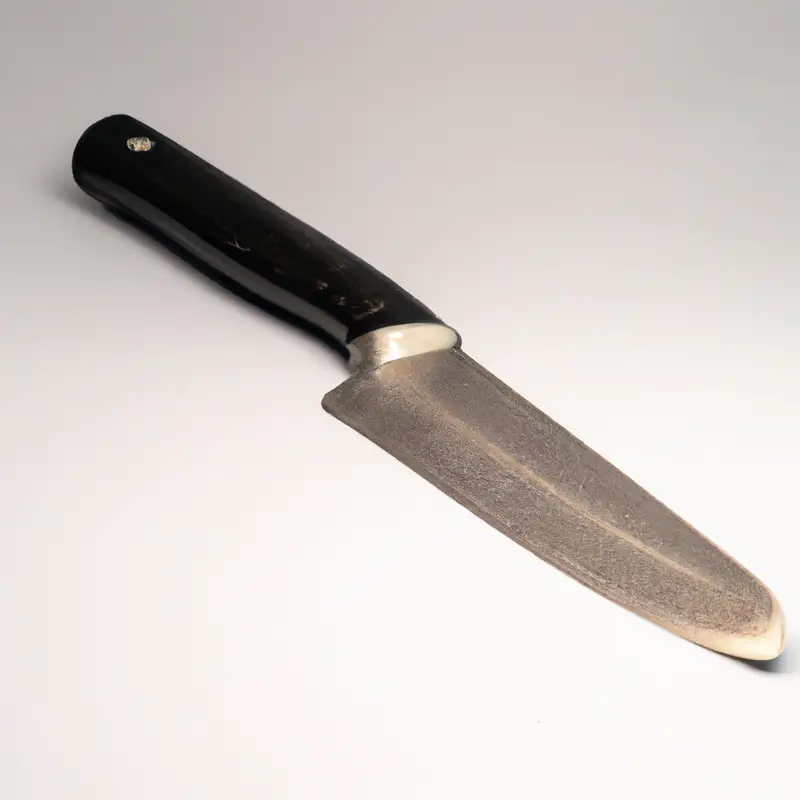
Using a honing steel to maintain a straight edge
Using a honing steel is an essential step in maintaining a straight edge on your chef knife. A honing steel realigns the blade’s edge, keeping it straight and sharp for longer periods.
To use a honing steel, hold it vertically and firmly on a stable surface.
Then, hold the knife at a 15 to 20-degree angle against the steel, starting at the base of the blade and pulling the knife down towards you while maintaining pressure on the steel. Repeat this process on the other side of the blade.
For best results, repeat the entire process two to three times on each side.
Remember to maintain a consistent angle while sharpening for a better edge.
The importance of keeping a consistent angle while sharpening
Keeping a consistent angle while sharpening a chef knife is crucial for maintaining the knife’s sharpness and longevity. When you sharpen a knife at varying angles, it creates an uneven edge that can cause the knife to dull quickly and lose its effectiveness.
Experts suggest maintaining a consistent angle of 15-20 degrees while sharpening a chef knife to achieve the desired sharpness.
Using a sharpening guide or honing angle tool can help you achieve this angle consistently. Inconsistent sharpening angles not only dull the knife but can also damage the blade, leading to a reduction in its lifespan.
A consistent angle ensures that the blade is sharpened evenly, resulting in a smooth, sharp edge that can last longer.
Maintaining a consistent angle while sharpening may take practice, but the benefits are worth it. It will save you time, money, and effort in replacing or repairing your knife due to inconsistent sharpening.
Final Verdict
Mastering the art of holding a chef knife correctly is essential for a safe and efficient kitchen experience. From understanding the anatomy of the knife to identifying the correct grip for your size and strength, the right techniques will help elevate your culinary skills.
By mastering the pinch grip, optimizing your thumb placement and finger positioning, and utilizing your wrist and forearm effectively, you can achieve greater control and precision when handling a knife.
Remember to avoid common mistakes, like holding the knife too tightly or using a sawing motion, and practice proper maintenance through honing and consistent sharpening. With these key takeaways, rest assured that you can handle a chef knife like a pro.

